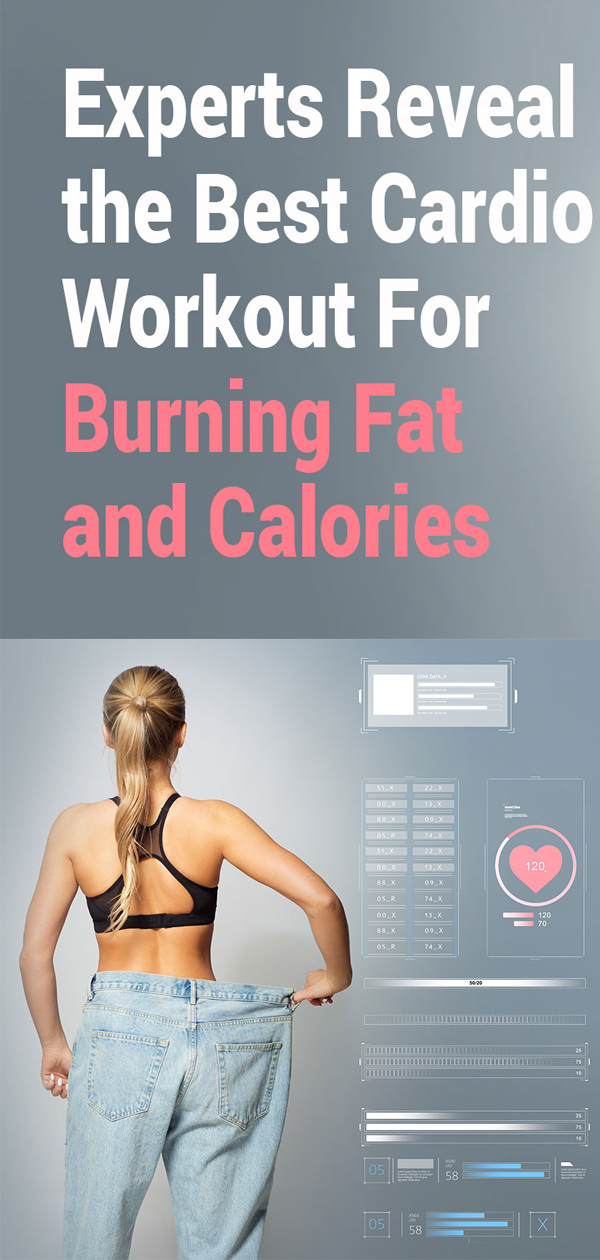Deciding to lose weight is far less difficult than actually starting the process through a cardio workout, weightlifting, diet, or other plan. Losing weight isn’t just about augmenting your diet with better food choices; it’s about incorporating exercise as well. It requires a commitment to a schedule and changes in your lifestyle.
The word “diet” tends to imply a temporary fad or denial of food, but it actually is just what you eat on a daily basis. Dieting, when used as a verb, however, means to substitute less healthy food choices for foods that our body can use more efficiently and doesn’t convert to fat within 20 minutes of eating them. Foods that serve a purpose to our muscles, organs, and cells (other than just providing energy) are foods that we should incorporate in our diets. It truly becomes more of a lifestyle than a temporary choice.
Cutting empty calories from your diet, or foods that don’t hold any nutritional value, is just the beginning. An average person must maintain a minimum of 1,500 calories a day, preferably more like 1,800 calories. Decreasing calories without exercising doesn’t burn off fat already sitting on your body very efficiently. Therefore, to burn off fat and extra calories, exercise becomes necessary.
Discussions Regarding “The Best” Exercise Program Continue Every Day. Common Exercise Options Include:
- Lifting weights, floor exercise with free weights, or resistance bands.
- Dance (Zumba, pole dancing, hip hop, floor, etc.)
- Sports
- Aerobics
- Yoga
- Pilates
- Walking, hiking, or simulated walking through elliptical or stepping machines
- Swimming
- Jogging or simulated jogging on a treadmill
- Cycling via freestyle or on an exercise bike
- Spinning
The possibilities are numerous. They each have their health benefits related to building stamina through cardio, overall muscle toning vs building specific muscle mass, and flexibility, each with variable stressors on your body. Your choice may depend upon your age, current level of fitness, current health issues, accessibility to equipment, and amount of time. It is recommended before starting any exercise program to consult with your doctor first.
Two exercises that cost nothing and have overall cardio and muscle toning capability are walking and jogging. There are certain benefits and drawbacks to each. Debates have continued for a long time as to which one is better for burning calories and fat.
What Is Metabolism?
Metabolism is a biochemical process our bodies use to convert food and drink into energy after they mix with the oxygen in our blood. That energy is then used to allow us to move around daily, power our brain and its thoughts, and enable us to engage in any additional physical exertion we require for our day.
We have three different ways in which our bodies use up that energy:
1. Basal Metabolism.
This is also called our “resting” metabolism. Ironically, just by resting, sitting, or sleeping, we burn off 60-70% of calories. Of course, our bodies aren’t really doing nothing. The energy from the calories helps our brains function properly, allows cells to transport nutrition to vital organs, and helps with other functions such as breathing, heart pumping, hair and nail growing, fighting infections, etc.
2. Thermic Metabolism.
This is also referred to as our digestive metabolism. Yes, it takes power to digest the food we eat in order to get energy. This is the energy used to digest food, convert the carbs into sugars, and protein into amino acids. You know those days when you just felt “too tired to eat?” Maybe you literally were.
This process uses less of our energy to accomplish. Proteins use up about 25 calories for every 100 while carbs require about 10-15 for every 100. Also, the energy used to convert complex carbs is spread over time as opposed to simple carbs which convert quickly. Essentially, thermic metabolism uses about 70-85% of our calories.
3. Exercise Metabolism.
This metabolism uses up about 15-30% of our calories. This metabolism is broken into two subclasses: EAT and NEAT.
- EAT stands for exercise-activity thermogenesis. It is the amount of energy you use at the gym, during exercise, or in sports – intentional heart-beating movement.
- NEAT stands for non-exercise-activity thermogenesis. This is the energy process used to get up from the sofa, walk down the hallway, lift a spoon to your mouth, type this blog post, etc. All the small movements we do to get through our day and accomplish little tasks fall into this category.
The Relationship Of Metabolism, Fat, And Muscles
How does that 15-30% of exercise calorie burning have such a huge impact on our metabolism, then? The more overweight you are, the more fat you have, including visceral fat. Visceral fat is the hidden fat that surrounds our organs. It is this fat that creates high blood pressure, diabetes, heart disease, and inflammation.
Our muscles burn off calories. Without muscles, we only burn 2 calories a day to sustain fat. We burn three times as many calories to maintain only 1 pound of muscle. Where do our muscles mostly pull that energy from? They get that energy from fat, which means fat is slowing down our basal rate. Having a lower muscle mass means less fat is being burned off.
Visceral fat also disrupts a hormone called adiponectin, which is a component that regulates our metabolism. Lower metabolism equates to more fat. There is also a study showing that this process can even break down our muscle and convert it into fat. This creates a vicious cycle of reducing our calorie and fat burning muscles and increasing our metabolism-slowing, self-reproducing fat process, which can even decrease our lifespan overall.
What Is The Best Cardio Exercise For Burning Fat And Calories?
Jogging and walking have been calorie- and fat-burning rivals for years. Overall, they are both recognized, by physicians and fans alike, as healthy ways to exercise with numerous pros and cons for each.
The question remains as to which one truly burns more fat and calories. The answer seems to lie in which one has more intensity and therefore, burns off more calories.
How Intensity Is Related To Calorie And Fat Burning
A low-intensity cardio exercise is one that puts your heart at about 55-65% of its maximum heart rate. This is the intensity in which your breath is coming faster, but you can still have a conversation. Low-intensity exercise tends to use fat as its fuel source. Your body using fat as its fuel source doesn’t necessarily equate to burning off more calories or removing fat. Only burning calories can do that. You would have to eat fewer calories and do longer workouts to indeed burn fat off. Walking falls into this category of exercise.
High-Intensity Cardio
A high-intensity cardio exercise is one in which your heart rate reaches 80-90% of its maximum rate. Without using a heart rate monitor, it’s the point where you’re breathless and unable to complete full sentences, yet not at full steam. Carbs are this form of exercise’s fuel source.
High-intensity cardio exercise like jogging burns off more calories, and calories from fat, due to its high metabolic demand. This is according to Michael Fredrickson, MD, a professor and Director of Physical Medicine and Sports Medicine at Stanford.
Walking Versus Jogging For Cardio
Tom Holland, MS, NSCA-CSCS, an exercise physiologist and author of The Marathon Method, agreed with this assessment. Essentially, he stated that walking burns fat as a portion of its total calories, whereas jogging burns pure calories. In other words, walking is pulling its energy from two sources, therefore, diluting its overall effectiveness as a calorie burner. The fewer calories burned, the less fat burned.
Additionally, Dr. Michael Fredrickson stated that jogging requires less time for the same amount of calories. The calories you burn in an hour walking could be achieved by 20-30 minutes of jogging.
Walking is a great way to start exercising if you’ve never jogged before or haven’t done so in a long time. Use it to get you started, warmed up, and losing a few pounds before starting to jog. It is also a great exercise for those with joint problems, as jogging could create further damage. If walking is your preferred exercise, do it 5-6 days a week for weight loss.
One thing recommended to keep the metabolism burning is to alternate doing both. It is not advised to do high-intensity cardio every day due to burnout and joint inflammation from overuse. Jog for three days a week with two days of rest and two days of walking for the remaining days. You can also interchange walking and jogging in the same workout. For example, start out walking for five minutes, jog for 15, and then walk for 10 minutes. By fluctuating the intensity, your metabolism doesn’t adjust to one consistent routine of stimulation. If you can’t do a full-scale jog, increasing your walking speed can create similar results. Keeping your heart rate changing is the goal.
Final Thoughts
Jogging is the higher calorie-burning (and therefore fat-burning) exercise when compared to walking. Walking is still a great exercise if you are unable to jog. The beauty is that you can, and should, do either or both – and they are free! Be mindful of your environment, wear supportive shoes, keep water with you, and pay attention to those around you for a safe and fabulous time!


